In 2011, I wrote a blog post, titled Upgrade your KWL Chart to the 21st Century. It described how I learned about a new version of the traditional KWL (What do I Know, What do I Want to know and wh...
Get Started for FREE
Sign up with Facebook Sign up with X
I don't have a Facebook or a X account
 Your new post is loading... Your new post is loading...
 Your new post is loading... Your new post is loading...

Tony Guzman's curator insight,
September 4, 2014 9:43 AM
Some great tools to consider for your classroom. 
Rosemary Tyrrell, Ed.D.'s curator insight,
September 4, 2014 4:20 PM
A useful list of top quality resources.
SueFoS's curator insight,
June 1, 2014 8:47 PM
Interesting way to approach self-assessment in vocational areas. Could be adapted easily

María Dolores Díaz Noguera's curator insight,
March 18, 2014 8:35 AM
Critical Thinking: Educating Competent Citizens 
Susan Walker-Meere's curator insight,
November 9, 2014 12:49 PM
I would add: Trans-disciplinary thinking; systems thinking for sustainability. Most people can not see the forest through the trees so miss the larger connections of the impacts that action, goods & services have on both environmental systems and human systems. 
Willem Kuypers's curator insight,
November 16, 2014 3:48 PM
La pensée critique, une competence clé du 21ème siècle avec tant d'information qui nous arrive.

Mary Cunningham's curator insight,
October 26, 2013 12:26 PM
A cool self reflecting tool for ways to steer our learning!

EduClick_España's comment,
June 27, 2013 9:13 AM
as an assessment addict, i just love this post;) Thank you so much and congrats!

Louise Robinson-Lay's comment,
June 27, 2013 5:47 PM
Thanks for your comment. It is a useful article :)

EduClick_España's curator insight,
December 8, 2014 12:09 PM
"Teachers regularly pose questions to their students, but the purpose and form of these questions can vary widely. This book is about a particular kind of question—one we call "essential." So, what makes a question "essential"? Let us begin by engaging you in a bit of inquiry using the following concept-attainment exercise to examine the characteristics of an essential question. The exercise has three parts, as explained in the next several paragraphs."

Valeria Ríos Bedoya's curator insight,
August 26, 2017 6:33 PM
Teaching to teach critically is a big challenge for us, as teachers, nowadays due to the important impact technology has had in our daily lives; therefore, the topic of this article is very relevant since we need to change the way we teach. We need to adapt our curriculums in order to stop teaching a lot of content that our students can easily find on line, and start teaching how to analyze, interpret and approach appropriately all the information that our students receive through the constant use of technological devices.
|

SMARTERTEACHER's curator insight,
March 19, 2015 1:25 PM
Excellent questions to bring closure to a class Instead of the bell. 
Mary Cunningham's curator insight,
April 4, 2015 12:35 PM
These would be great questions for the end of any and all PD sessions we do! Maybe they should take the place of the surveys we usually do?

Carol Thomson's curator insight,
April 6, 2014 3:35 PM
Have been looking for something i can use with students that they understand and dont panic about.

R Hollingsworth's curator insight,
February 5, 2014 8:38 AM
Love the title: "Teaching with your mouth shut" 
Sue Alexander's curator insight,
February 5, 2014 9:40 AM
Fantastic resource, especially if you take time to really reflect on the sample questions posed.

Dean J. Fusto's curator insight,
August 27, 2013 10:12 PM
The article provides suggestions on ways to prersent these questions across multiple grade levels. 
davidconover's curator insight,
August 30, 2013 7:58 AM
I plan to use this list in my all of my classes. |



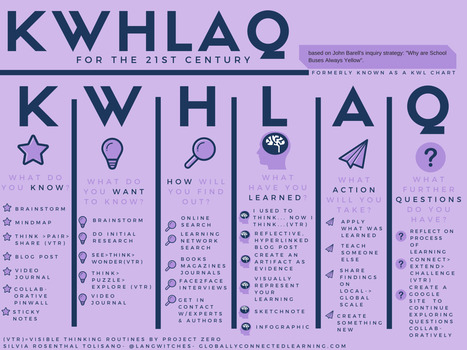

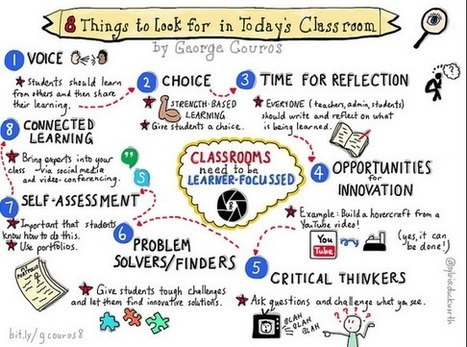

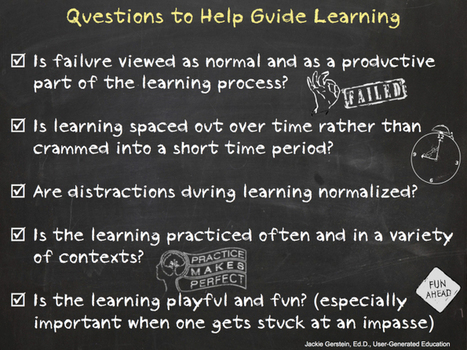


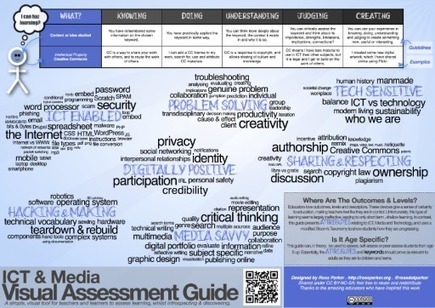

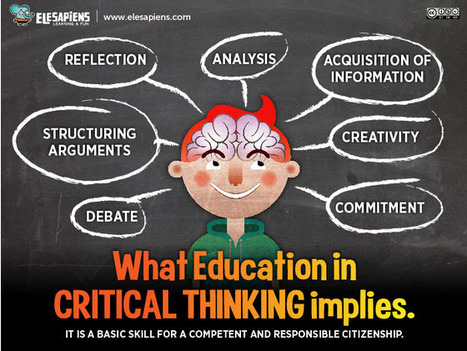


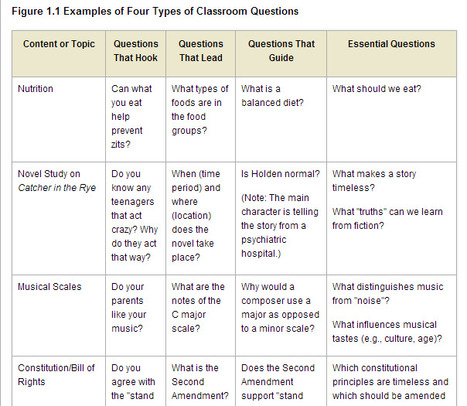



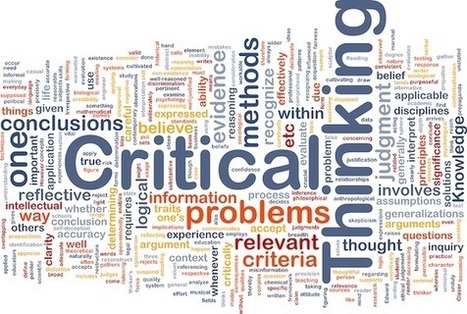
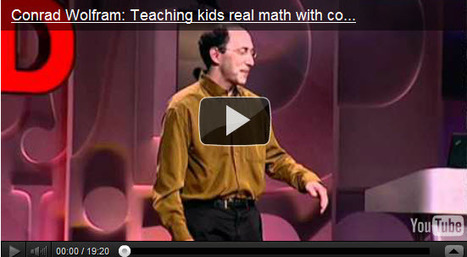
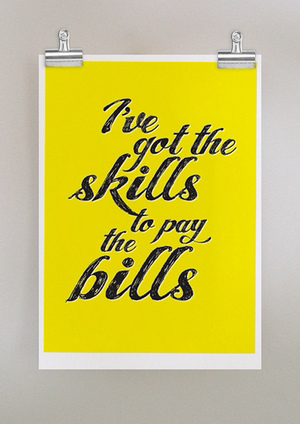
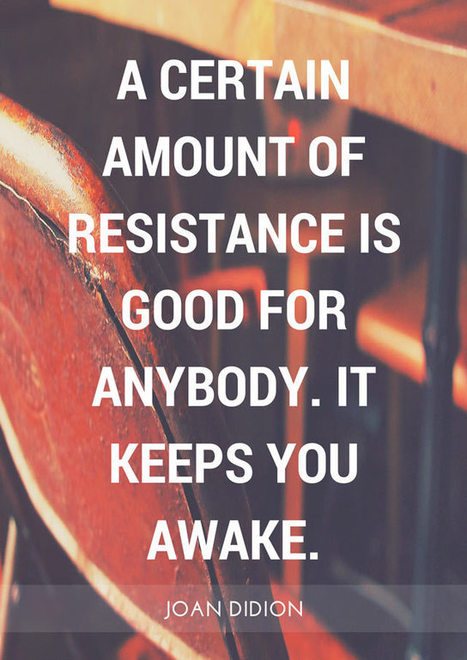


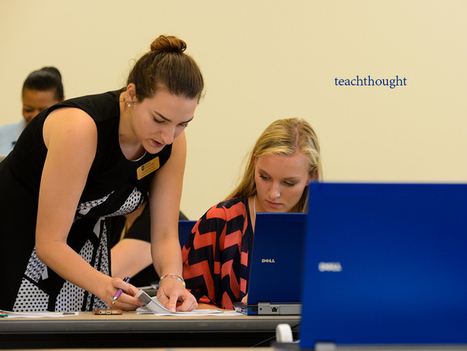
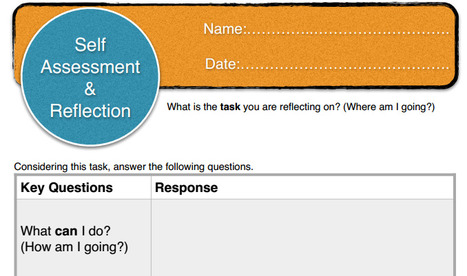

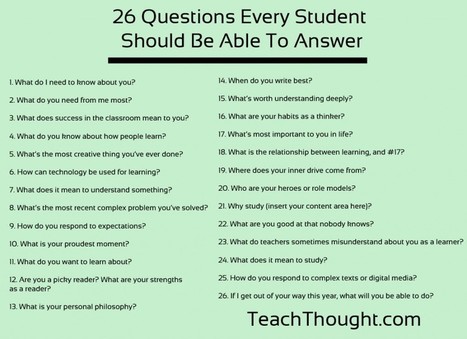
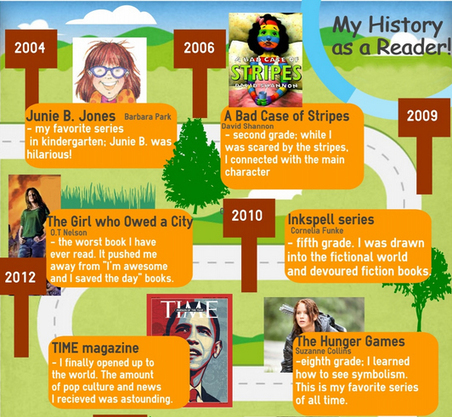
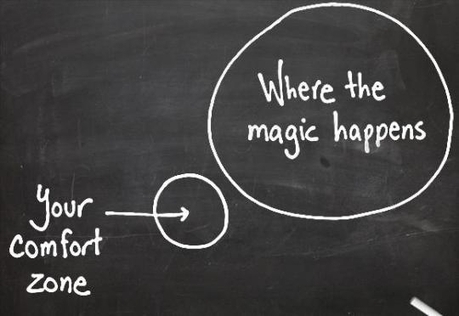
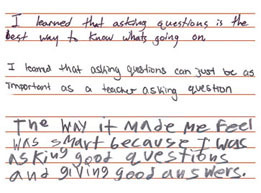






This article shares an updated version of KWL (What do I Know, What do I Want to know and what have I Learned). How many use this in their classrooms?
Check out this new version of the KWL chart by Silvia Rosenthal Tomlison. What we once called KWL is now the KWHLAQ.
* K stands for 'What do you KNOW?'
* W stands for 'What do you WANT to know?'
* H stands for 'HOW will you find out?'
* L stands for 'What have your LEARNED?'
* A stands for 'What ACTION will you take?'
* Q stands for 'What further QUESTIONS do you have?'
This new visual also includes suggestions under each category to help students make their "thinking and learning visible." For more information click through to the post.